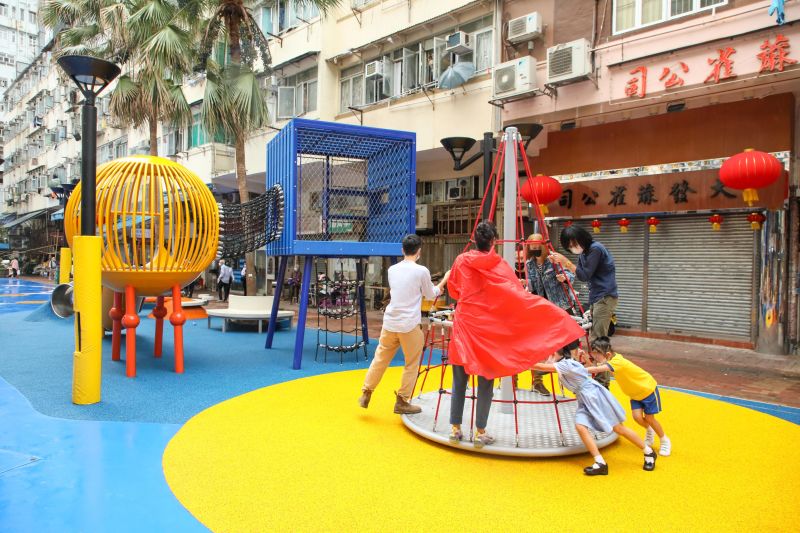Revamping Hong Kong’s Micro Parks: A Community-Centric Approach
Hong Kong is experiencing a rejuvenation of its micro parks, particularly in underserved areas. The initiative aims to breathe new life into these community spaces while safeguarding the region’s rich heritage.
Community Legacy and Design Innovation
Mark Au, whose family has deep roots in Yau Ma Tei, emphasizes the growing recognition within the community regarding the importance of heritage. By collaborating with local craftsmen, the project endeavors to honor this legacy while enhancing public spaces.
Portland Street Rest Garden: A Case Study
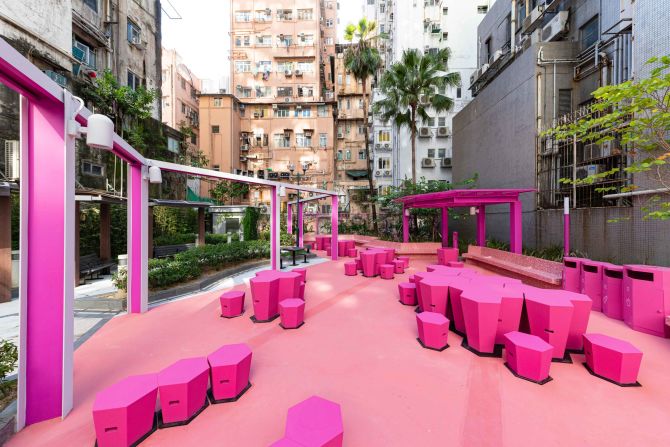
The renovation of Portland Street Rest Garden is a prime example of this initiative. Designers have creatively segmented the park, with one side featuring a vibrant hue while the other maintains the aesthetics of a traditional Hong Kong rest garden from the 1980s, with elements such as hexagonal designs and bamboo seating areas. Consequently, the area now appeals to a broader demographic, fostering communal interaction.
Enhancing Park Facility Usage
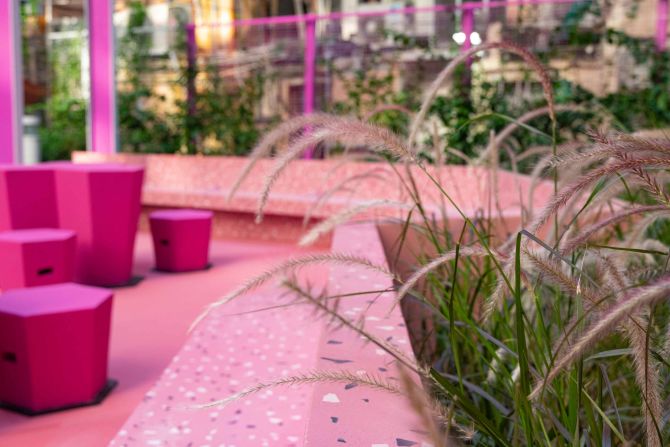
The installation of movable stools and rose-colored terrazzo benches has dramatically expanded the park’s seating capacity from 16 to a commendable 81, inviting more visitors and enhancing the user experience.
Community Engagement and Sustainability Efforts
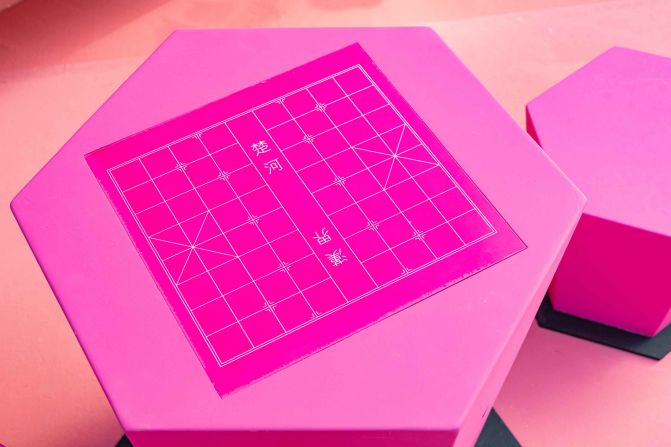
The park predominantly caters to elderly men who enjoy pastimes such as Chinese chess. To promote inclusivity, the boards are being modified with tactile grooves, enhancing the playing experience.
Increased Greenery and Eco-Friendly Initiatives
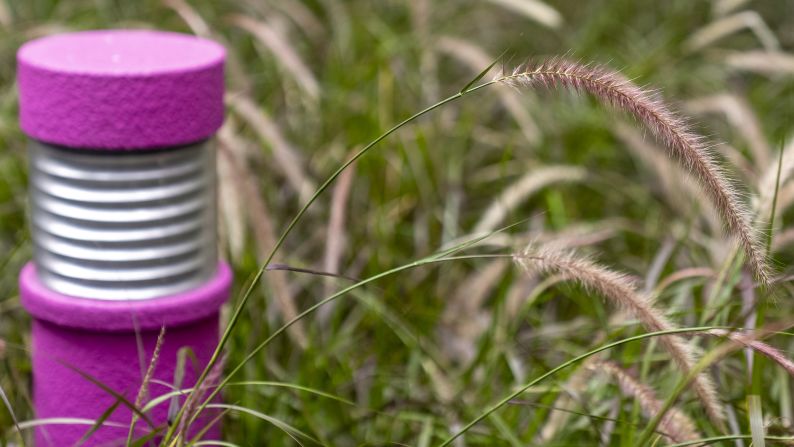
Continuing these improvements, the design team increased the greenery in the park by 26% by introducing new plants, such as purple fountain grass, which provide both color and movement to the landscape.
Yi Pei Square: A Model of Community Transformation

Yi Pei Square, the first park revamped in this project, serves as a successful model. The transformation has turned a concrete pathway into a lively “communal living room,” fostering a sense of togetherness among local residents.
Local Involvement in Design Process
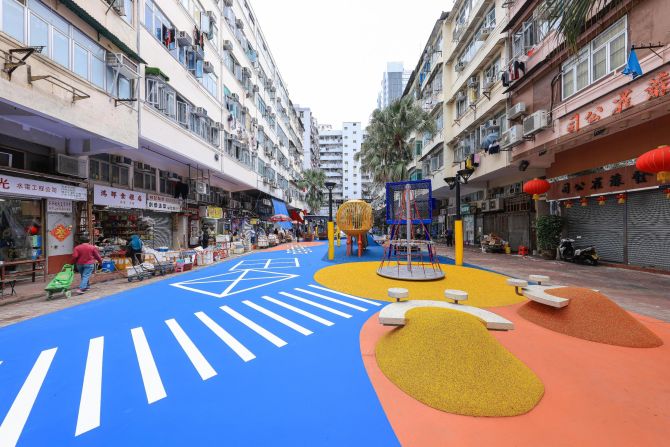
The design team actively includes thoughts from the surrounding community, engaging with local children to ensure the park meets their needs and preferences. Their suggestions influence playground structures and game designs on the ground, further reinforcing community ownership.
Cultural Tribute: A Celebration of Local Craftsmanship
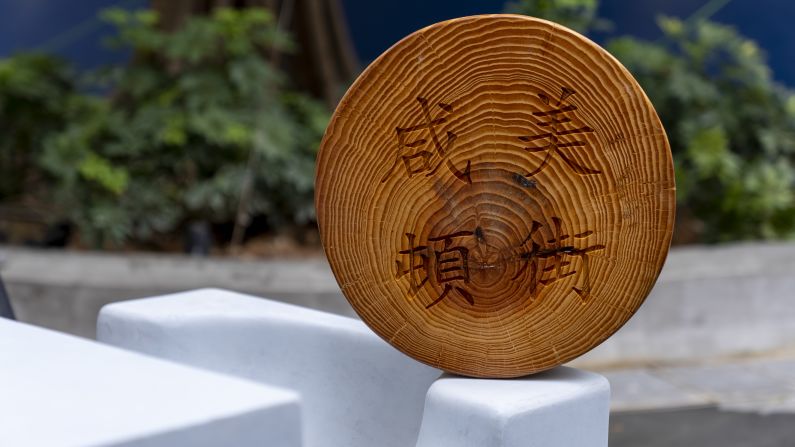
A new park currently under construction on Hamilton Street honors the region’s craftsmanship tradition, showcasing work from local businesses, including unique signage created from chopping boards.
The Future of Community Spaces
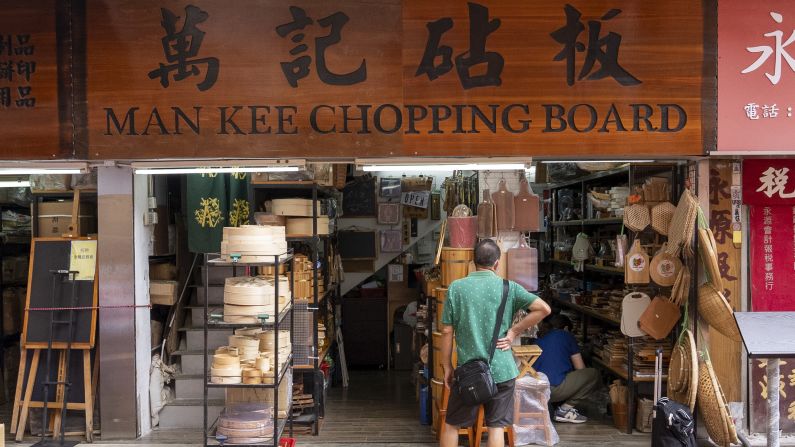
As these micro parks evolve, they not only transform public spaces but also reaffirm the community’s connection to its heritage. With ongoing sustainability efforts and active community engagement, these initiatives pave the way for a more vibrant, inclusive urban environment.
